Anglers Booking Team
The expert copywriters at Anglers Booking have meticulously crafted this article. Our dedicated team of writers provides valuable insights and information to enhance your angling experience.
 11 minutes read
11 minutes readInshore fishing encompasses a lot, but its essence is that for these fishing techniques, you don't have to go far from the coast to catch trophy-sized species!
The focus is on navigating shallow waters near the land, and with easy accessibility, taking the opportunity to see various species of fish like Redfish, Carp, Trout, and maybe even Tuna.

And though the land is always in your sights, that doesn't mean there aren't challenges; there are some, such as understanding tidal movements, weather patterns, and local habitats.
So, if you like the safety and protection of land while fishing, welcome to this guide, where we'll cover everything you need to know to embark on your inshore fishing adventure – from choosing the correct tackle and bait to mastering various techniques and identifying the best spots! Let's not waste time, but let's go.
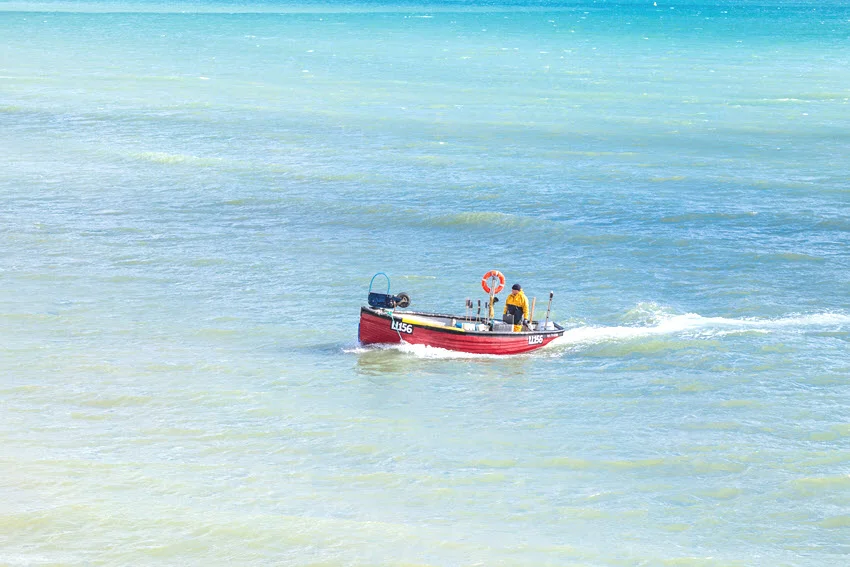
It's straightforward: inshore fishing includes all those techniques in coastal waters, usually less than 90 feet deep. These are mainly bays, estuaries, and coasts lined with mangroves with sandy or muddy bottoms. If you decide on freshwater areas, then they are shallow, near-shore areas of lakes, rivers, and freshwater estuaries.
The appeal of coastal waters is that they are usually much calmer than the open sea. However, keep in mind that specific areas, usually those with rocky shores, can be influenced by powerful waves due to the influence of tides and currents, so fishing is more risky at that time.
Coastal fishing includes various techniques, precise and well-established patterns, and improvisations. They are mainly casting, trolling, and drift fishing. Although you can also attract pelagic species, the most commonly caught species are Redfish, Snapper, and Speckled Trout.
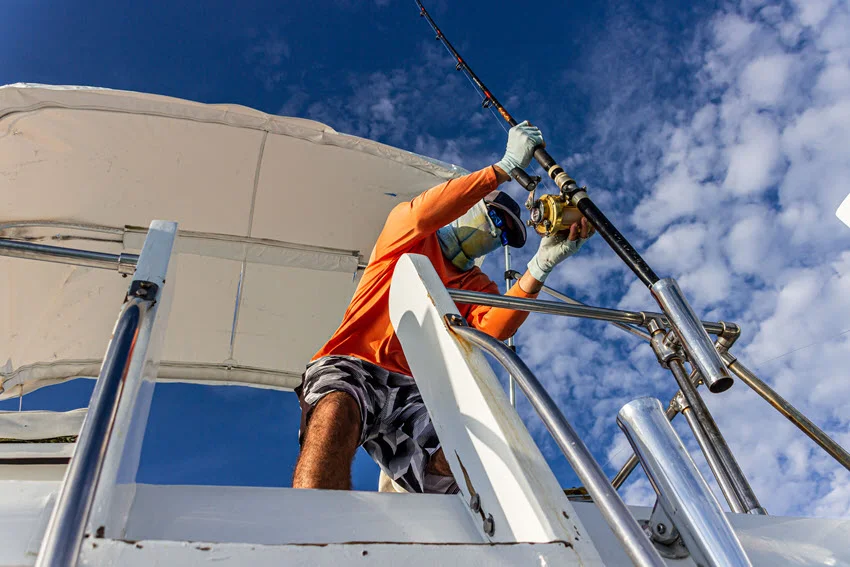
First and foremost, its proximity to the coast makes it very accessible for all levels of fishing skills and quite a few techniques. Then, in sight of the land, you can explore various picturesque environments, estuaries lined with mangroves, quiet bays, and clean flats. In addition to fishing, you can get to know other wildlife in the area. You can catch some of the most intriguing fish species with less stress.
Moreover, inshore fishing is less dependent on weather conditions than offshore excursions, offering more consistent fishing. It also requires less investment in terms of fuel and gear, making it a cheap option without compromising on excitement. As a cherry on top, the variety of techniques adds another layer of appeal, with opportunities to master casting, jigging, trolling, and even fly fishing.
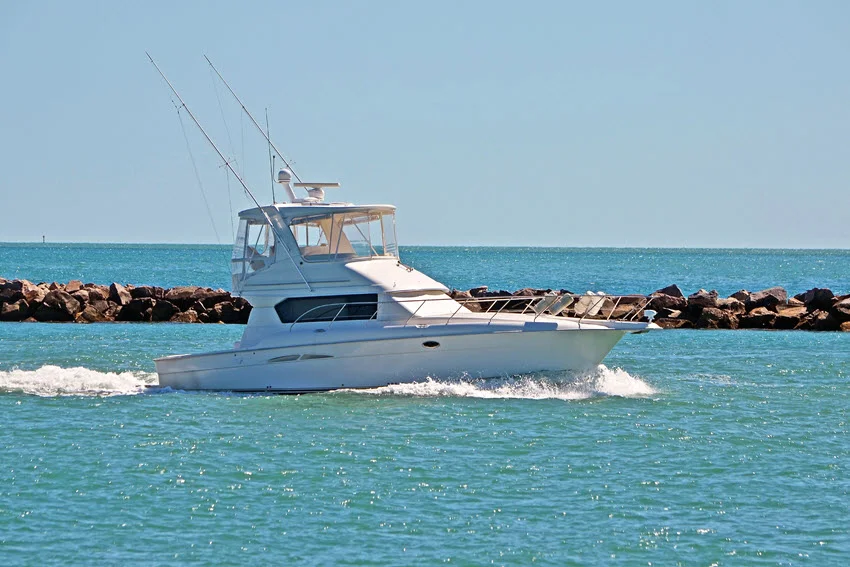
Depending on the environment, where exactly you are, and whether the winters are mild, you can go on inshore fishing expeditions throughout the year. However, spring and fall are prime times for active feeding, before and after the spawning period.
Understanding tidal patterns and monitoring weather conditions, such as cloudy days and cooler temperatures, is key. Take care of the weather and season, as they help locate the fish. Most species hide in more profound, warmer areas during cooler months and days. You can also rely on local guides or the advice of more experienced anglers, but always be vigilant regardless of being close to the coast.
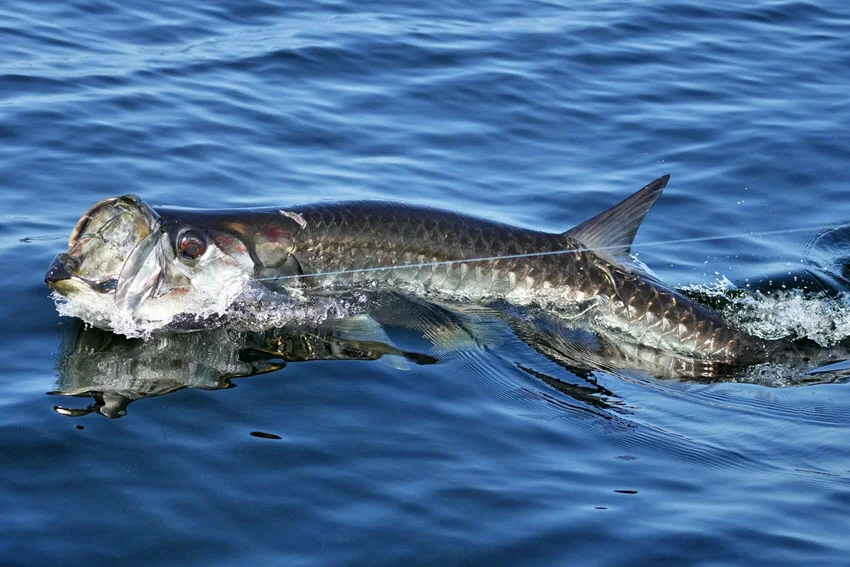
If you have luck and skill, you may be pleasantly surprised, and some of the most common types of fish caught by inshore fishing are below:
Redfish: The Red Drum is a typical and popular saltwater and brackish water species known for its copper-colored body and black spot near the tail.
Snook: These beautiful, silvery fish with a distinct black lateral line are combative and easy to find in coastal waters, estuaries, and around mangroves.
Trout (Spotted Sea Trout): The easy-to-spot cluster of distinctive spots adorning their backs and dorsal fins. They are sought after for their size and delicious meat.
Flounder: This fish is prized for its delicate flavor. It is a cute species with flattened bodies and the ability to camouflage on sandy or muddy bottoms.
Tarpon: Tarpon is a prestigious catch among anglers and one of the most commonly hunted species. They inhabit coastal waters, passes, and estuaries.
Snapper: These smaller species of crustaceans are usually found around mangroves and are very colorful in appearance and character.
Striped Bass: Striped Bass are popular targets in freshwater environments due to their aggressive strikes and intense fights.
Bass (Largemouth and Smallmouth): In lakes and rivers, Largemouth and Smallmouth Bass are the primary target and dominant species, prized for their size, strength, and challenging behavior.
Panfish: This group includes Bluegill and Crappies, and they are very abundant in freshwater inshore environments and provide fun fishing opportunities.
These species are just a sample of the variety of fish, and of course, you can always make everything even more exciting.
You combine inshore fishing gear to follow the chosen technique, the fish species, and the environment. As with everything, there are fundamentals of the trade, and below, read more about gear that won't let you down.
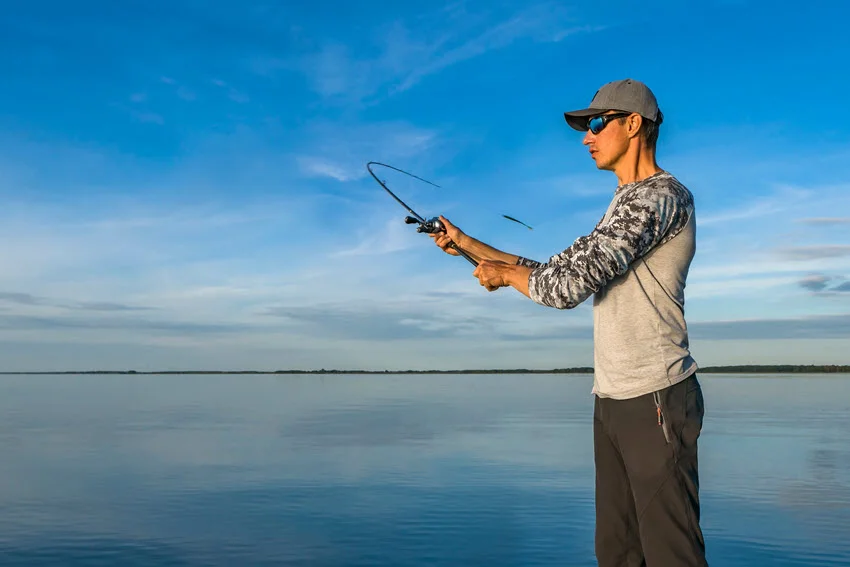
When preparing for inshore fishing, choosing the right rod improves your casting accuracy and ensures that you can handle the challenges. Here are some of the most common types of rods used in shore fishing:
Spinning Rods: These are almost a must for every angler who plans to devote more deeply to inshore fishing. They are versatile and easy to use, and it is best to equip yourself with a medium-light to medium-fast spinning rod.
Baitcasting Rods: This type is strong and accurate, suitable for casting heavier baits and fighting larger fish such as tarpon and snook. Anglers fishing around structures or in areas with strong currents love these rods.
Fly Rods: Fly fishing is always specific, which means that it also requires particular rods that will best represent the fly. Such rods are usually longer and lighter, allowing for precise fly placement and subtle presentation.
Whether you choose a spinning rod, a baitcasting rod for its power and accuracy, or a fly rod for the finesse of fly fishing, each type carries its advantages and disadvantages. Investing in a quality rod that matches your fishing style and skill level is best.
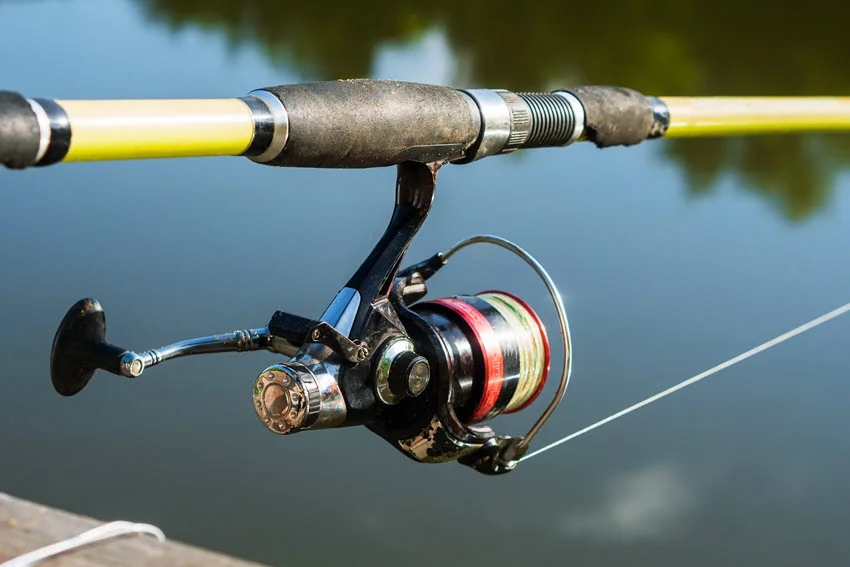
The right reel will help you reach your ideal distant point without tangling and breaking. Here are some of the most common types of reels used for inshore fishing:
Roller Reels: Popular and loved for their ease of use and versatility. They are excellent for casting light baits and targeting species such as Redfish, trout, and bream in shallow water. A roller with a smooth pulling system and corrosion-resistant materials is a better option.
Baitcasting Reels: Baitcasting reels offer excellent control and power, ensuring your bait gets where you want it. They are used for species such as Tarpon and Snook. They are ideal for anglers targeting fish around structures or in tight spots. Choose a baitcasting reel with a robust drag system, durable construction, and an adjustable brake system.
Fly Reels: This reel allows for smooth drag adjustments and is primarily designed to balance well with fly rods. Look for a fly reel with a large crown design for fast line retrieval and a reliable drag system.
Before buying a reel, consider your target species, not just the one you usually fish, but generally, and then decide which of the suggested reels would suit most of your fishing adventures.
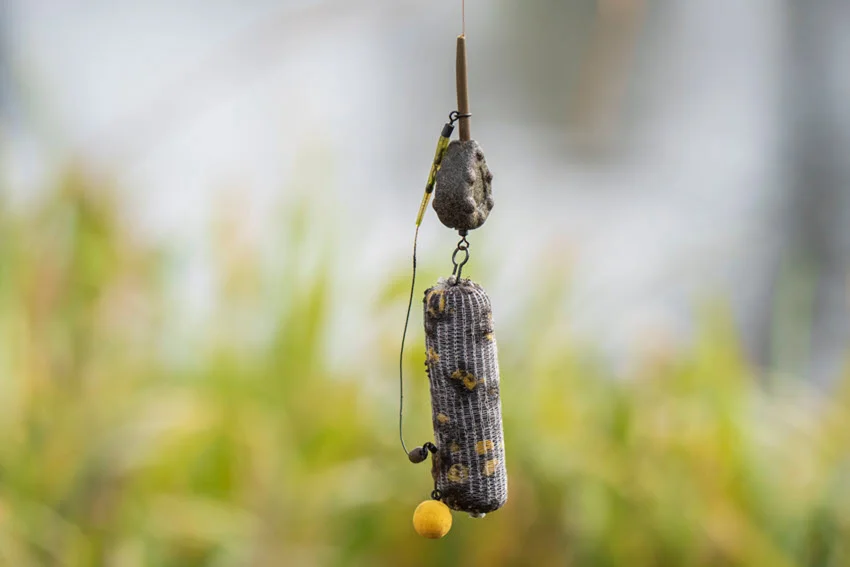
Rigs vary in complexity and are tailored to specific techniques and target species. However, you won't go wrong if you have some of the following in your collection that are typical for inshore fishing:
Popping Cork Rigs: This type of rig consists of a popping cork with a leader and hook attached. It is designed to create noise and visual sensations on the water, attracting fish to the bait suspended below.
Carolina Rig: This versatile rig is primarily used for sand or mud flats bottom fishing. It is designed with a sliding egg tray on the main line that sits above the swivel, with an attached leader and hook, allowing the lure to move naturally with the currents.
Jig Head Rig: Designed to present soft plastic baits or live baits. You'll find them in various hook weights and sizes, allowing anglers to adapt to different depths and currents.
Live Bait Rig: This simple but effective rig uses a hook tied directly to the main line or leader with live bait. Depending on bait availability and local fishing regulations, this method can target almost all fish.
The choice of rigs primarily depends on target species, water depth, bottom structure, and current weather conditions. Therefore, pay attention to all these factors, to choose well and enjoy it for a long time.
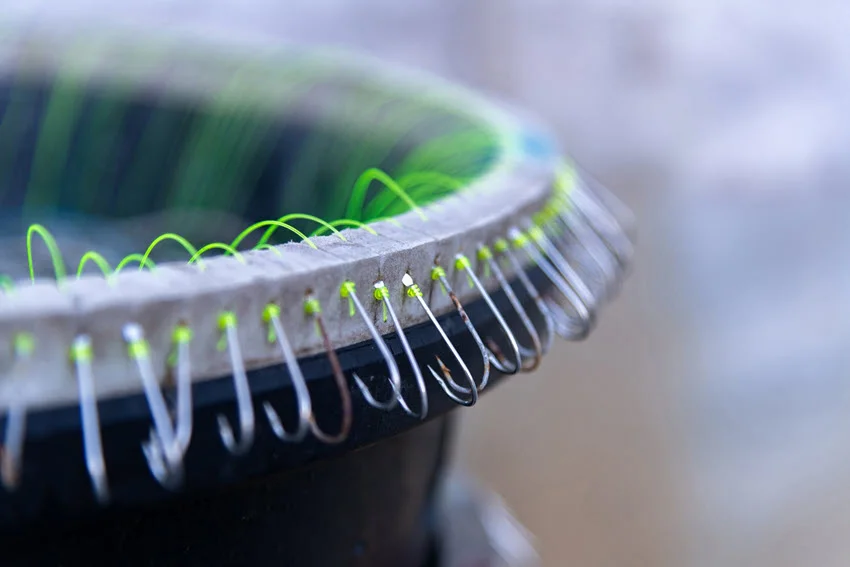
Proper fishing lines are crucial for shore anglers who want to optimize their success in shallow coastal and estuarine environments. A straight line affects the distance and accuracy of casting and the ability to detect subtle bites.
Braided Rope: Braided rope is prized for its strength, sensitivity, and thin diameter. It can be cast very far, which makes it ideal for detecting bites in shallow, wide waters. Braided lines resist abrasion, which is convenient when fishing around structures.
Monofilament Rope: The essence of monofilament rope is a single strand of nylon, and that's quite enough to offer solid flexibility. In addition, it is stretchable, absorbs shocks well, can be found in different strengths, and is relatively cheap. It is used from freshwater lakes to sea shores and is less visible underwater.
Fluorocarbon Rope: Fluorocarbon rope is known for its low visibility underwater and abrasion resistance. It will sink quickly and is not stretchy, providing better sensitivity and hook-setting power.
Hybrid Lines: They offer a solid combination and balanced performance for low stretch, high sensitivity, and low visibility. They suit anglers looking for a versatile line that performs well in different conditions.
Be guided by the environment in which you are fishing. It affects the quality and speed of the line's wear.
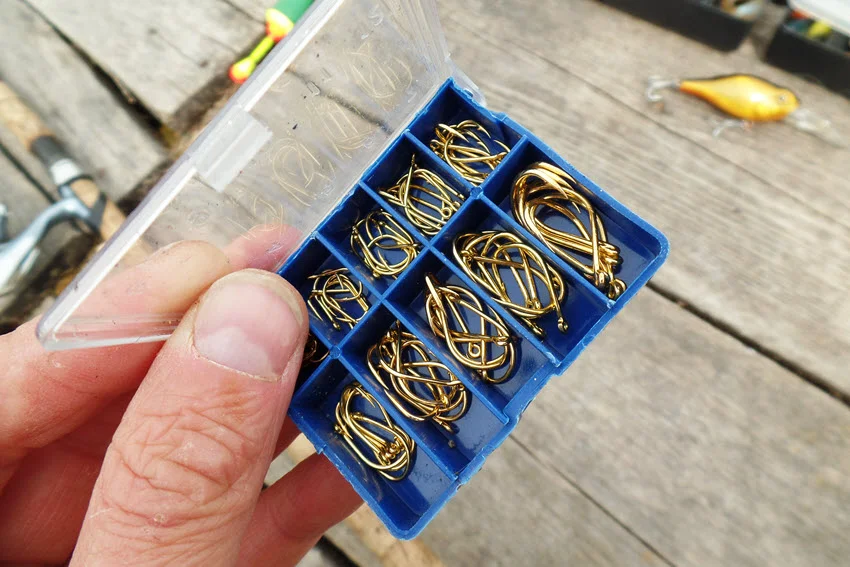
The hook comes at the end and will hold the fish together with the bait. Of course, it must be supported by the rest of the gear, and here are the types of hooks that should help you in different types of inshore fishing.
Circle Hooks: If you often practice catch-and-release, you must have these hooks. Their design reduces gut hooking and improves fish survival rates.
J-Hooks: J-Hooks come in various styles, but all have a J shape, from standard to offset and wide spacing. They know they are suitable for multiple types of bait, live or artificial.
Treble Hooks: Thanks to their three-point design, triple hooks are usually used with artificial baits such as lures and spoons to catch several different fish simultaneously.
Circle Offset Hooks: Similar to circle hooks, but with a slight offset bend. They combine the advantages of circle hooks with more excellent hook-setting potential.
Worm Hooks: They have a wider spread and are ideal for setting soft plastic baits such as worms and critter baits.
Choosing wisely and matching hook size and style to conditions and preferences increases your chances of success.
Coastal fishing is as enjoyable, fun, and varied as you want. It leaves more than enough room to adapt it to yourself. Whatever you choose, the selection of live or artificial baits is equally generous. Here, which are the most common and which you simply must have.
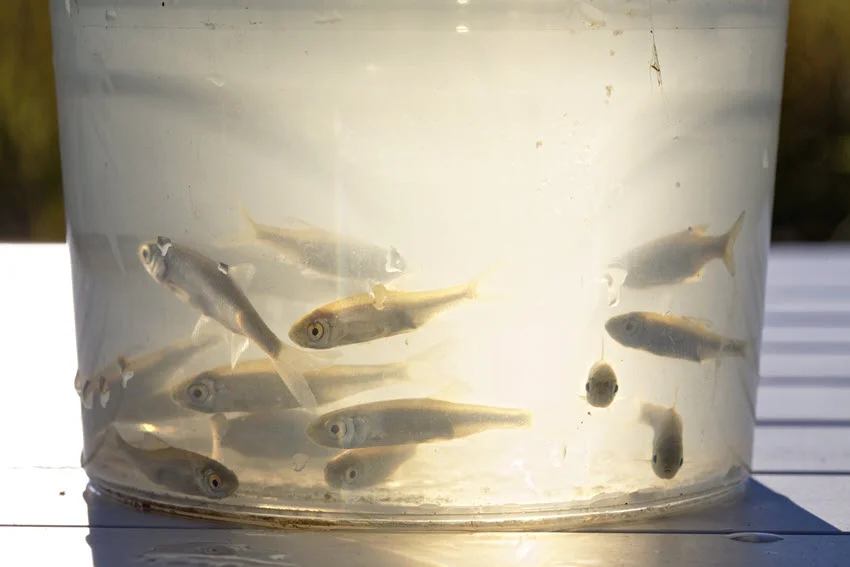
The movement and smell of live bait, in a very nature-friendly way, will trigger predatory instincts and make predators easily forget to be careful.
Shrimp: Surely one of those on which you can catch Trout, Redfish, and also Flounder, because, yes, they are so versatile. They can be hooked through the tail or head and fished under the plug or on the bottom.
Mullets: Live mullets are excellent proven bait for larger predators such as Tarpon and Pond Bream. They can be free-lined, used with a float, or fished on the bottom.
Pinfish: Pinfish are durable and effective bait for species such as Redfish, Trout, and Bream. They can be used live or as cut bait.
Indeed, handling and keeping live bait can sometimes be inconvenient, but the advantages they provide are reflected in a good catch.
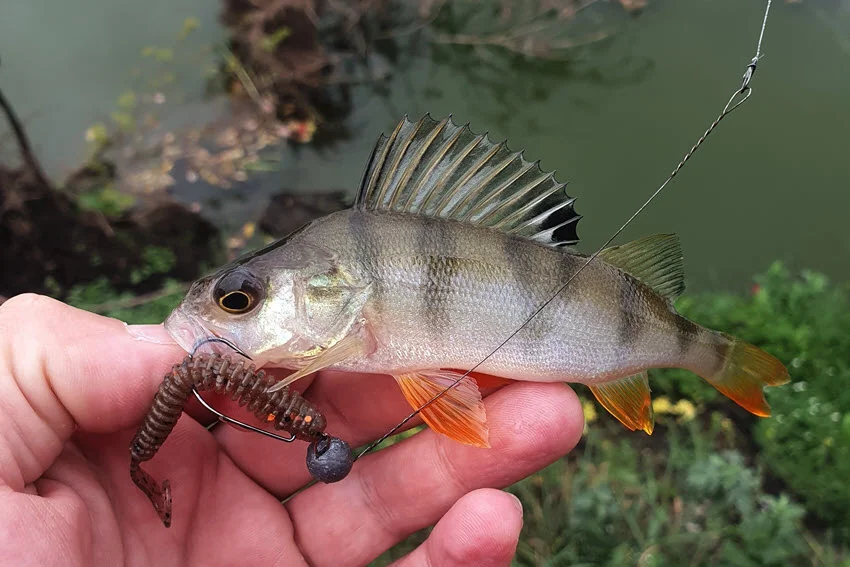
Artificial baits are easy to come by because they also offer versatility, practicality, and the possibility of multiple uses:
Soft Plastics: This group includes soft plastic lures, swimbaits, lures, and shrimp imitations. They work wonders, especially targeting species like Redfish, Trout, and Flounder.
Topwater Baits: Topwater baits include poppers and dog-walking-style baits. They are enjoyable and exciting to use. Early morning and late evening are the best times for action.
Jigs: Jigs are the basic setup of every serious angler's tackle box. They can be filled with soft plastics or live bait, making them irresistible propositions for most fish.
Spoons: An excellent species for casting long distances and covering a lot of water. They flash and sway to attract Trout, Mackerel, and Bluefish species.
By understanding the different types of lures and how they are used, you will find it easier to mix and match them and increase your chances of landing tempting strikes from various inshore species.
From vast and beautiful sea flats and estuaries to mangroves and coastal shorelines,
Yes, there is only one place where you can try one of the many techniques of inshore fishing, which is one of its charm's main features.
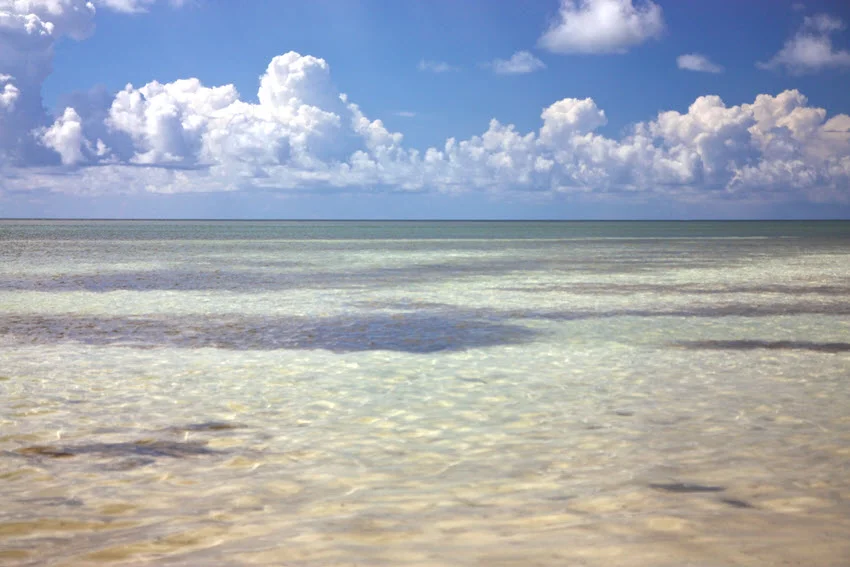
Saltwater flats are beautiful areas accessible from shallow, sandy, or grassy areas. They are generally no more than 3 feet deep and are perfect for targeting species such as Bonefish, Permit, Redfish, and Brown Trout.
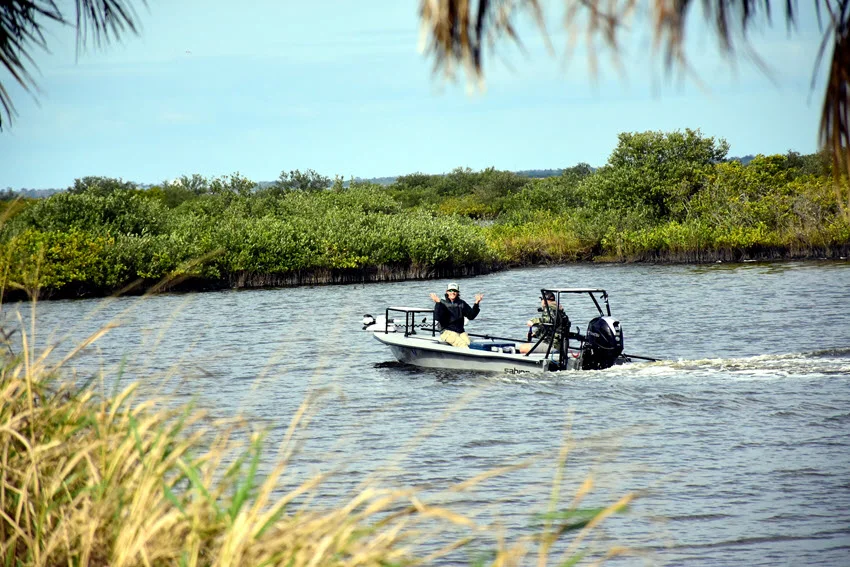
These are mystical places where rivers meet the sea, creating a brackish water environment rich in nutrients. These waters attract a variety of fish species, including Redfish, Flounder, and Bass. Surprising fishing encounters are a daily occurrence here.
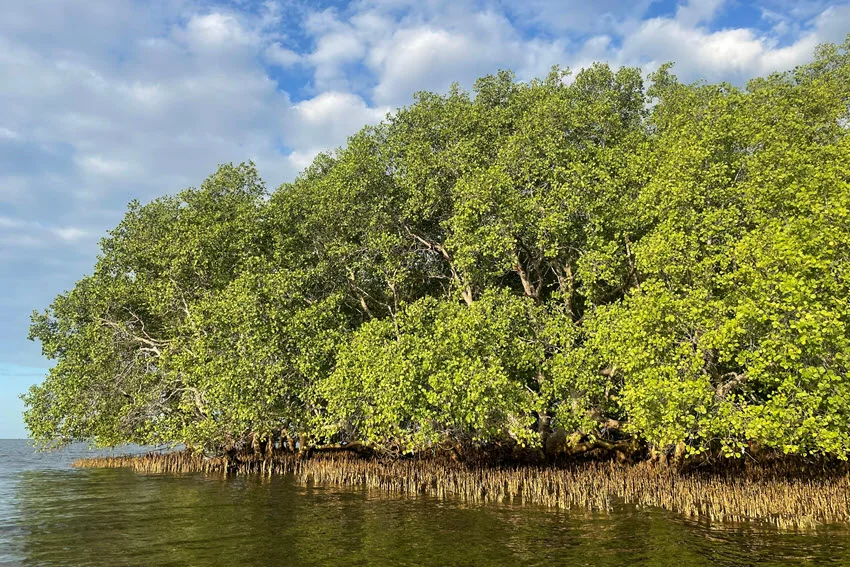
Mangroves are productive fishing grounds, sheltering and storing food for many fish. In these areas, anglers can target Snook, Tarpon, Mangrove Snapper, and Redfish. Mangroves are also attractive environments to explore by boat, kayak, or foot because they offer the opportunity to meet cool animals and birds.
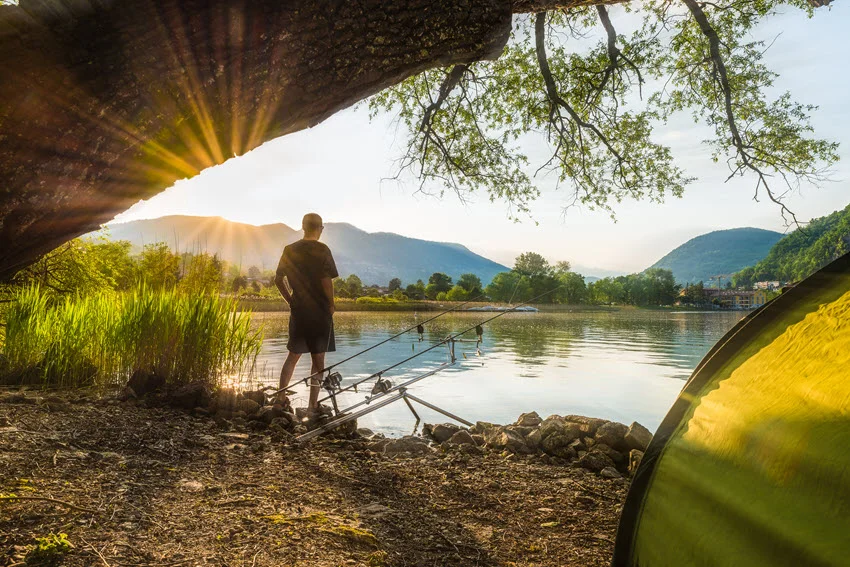
Coastal shore includes beaches, rock outcroppings, jetties, piers, and any place you can fish from shore. Most fish species like the underwater structures of bridges and jetties since those places provide food and shelter. Also, water flow is different here, and fish, such as Striped Bass, Bluefish, Redfish, and Pompano, are attracted to those areas.
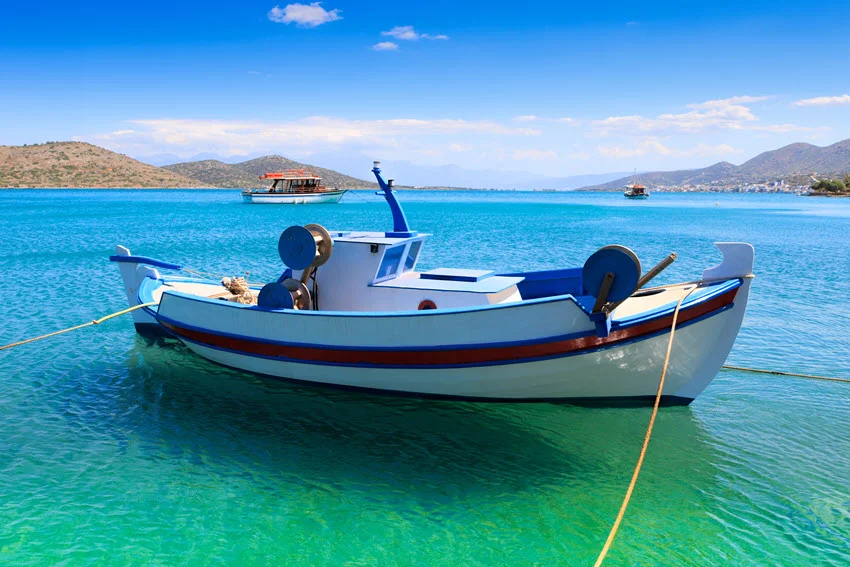
Bays, particularly those housing marinas, often feature intricate underwater structures. Many marinas have docks, bridges, and different access points, which have various metal and wooden structures in the sea. These areas are bustling with activity day and night and constantly lit up after dark, which attracts various types of fish. Here, you will mostly find Flounder, Speckled Trout, and Back Drum.
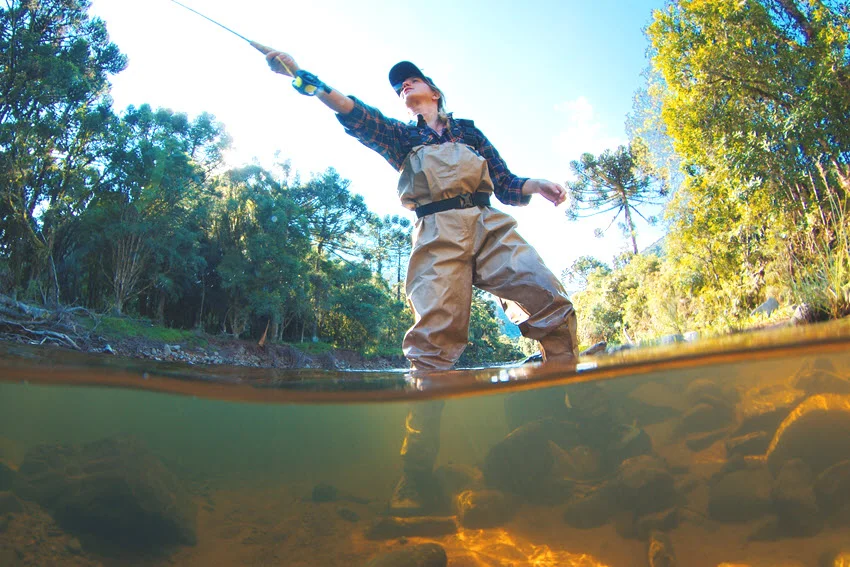
Tidal streams and rivers offer Interesting water areas that mix saltwater and freshwater environments. They are very productive for inshore fishing and are excellent for catching species such as Redfish, Striped Bass, and Flounder.
Many techniques fit into the extensive and comprehensive embrace of inshore fishing. What they have in common is that they are all tied to the coast to a greater or lesser extent.
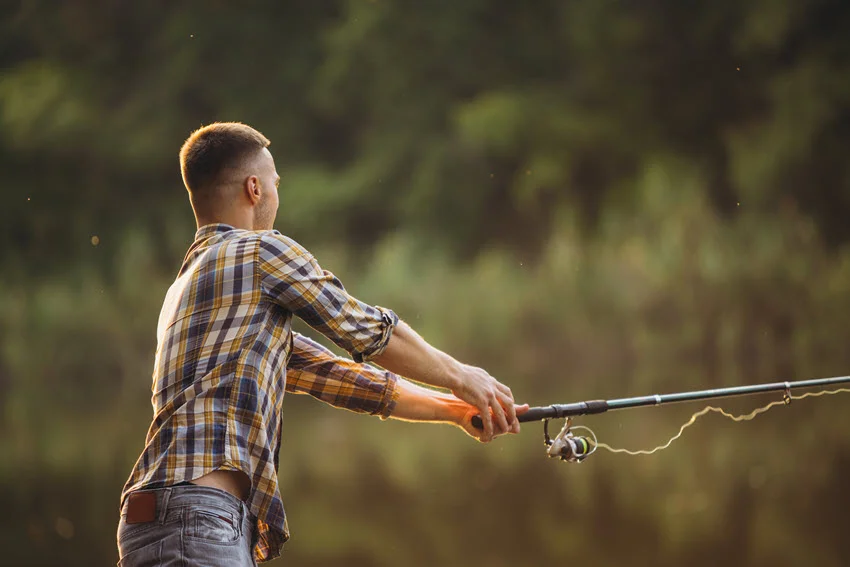
Casting is a basic inshore fishing technique, which boils down to using a rod and reel to cast lures or lures to specific spots. To better control accuracy, your cast must be of medium strength.
Also, to get to the core of casting, anglers should practice different styles, such as overhead casting and sidearm, to adapt to various situations. The advantage is that you can cast near buildings' grass beds and progress relatively easily and quickly.
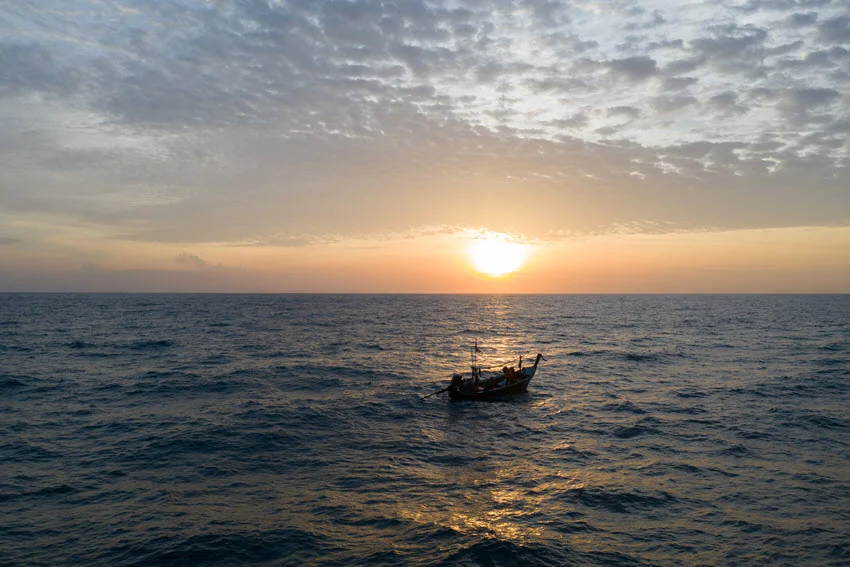
Drifting is the presentation of lures using a boat. More precisely, it lets the boat move with the current or wind while casting bait or bait for fish. Drifting covers a large area of water and locates schools of fish while using drift socks helps control the speed and direction of the drift. To explore deeper regions, keep the bait close to the bottom or at the desired depth with a weighted rig.
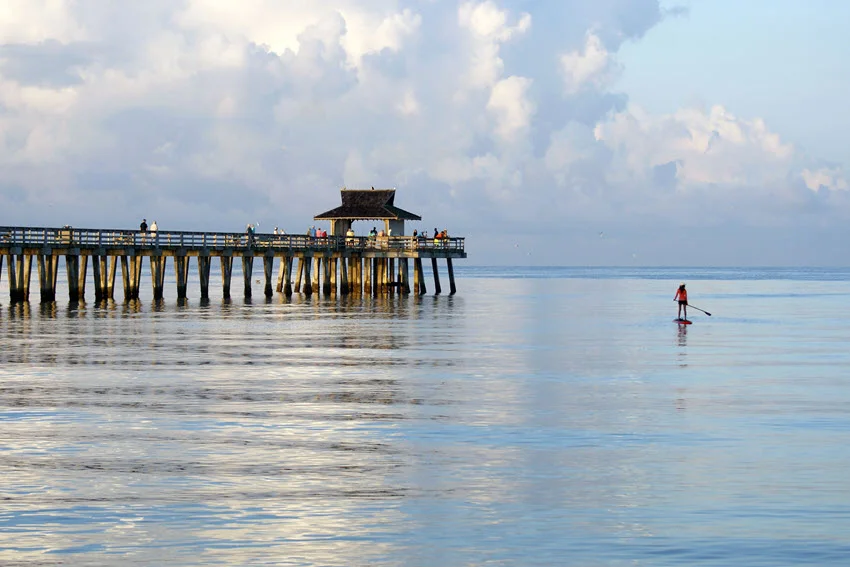
Sight fishing involves visually locating fish in shallow, clear water and casting directly to them. No matter how strange it sounds, the focus is on focus, that is, sharpening and controlling not only vision but all senses. To simplify your job, use polarized goggles that reduce glare and improve visibility while a quiet approach prevents spooking the fish.
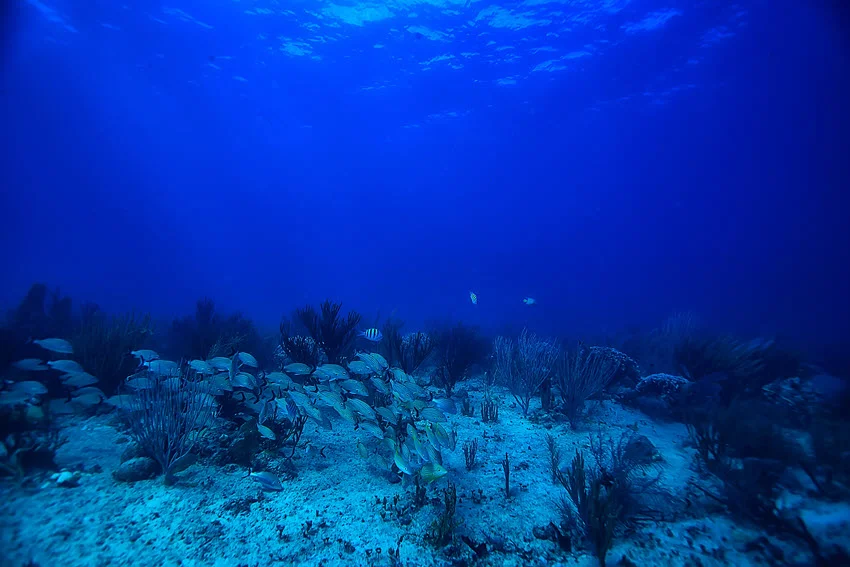
Although it sounds like a technique practiced on the open sea, it can be done close to the shore. This technique uses weighted rigs to hold the bait on or near the bottom and is an excellent choice for fishing near structures, drop-offs, and other areas where bottom-dwelling species congregate.
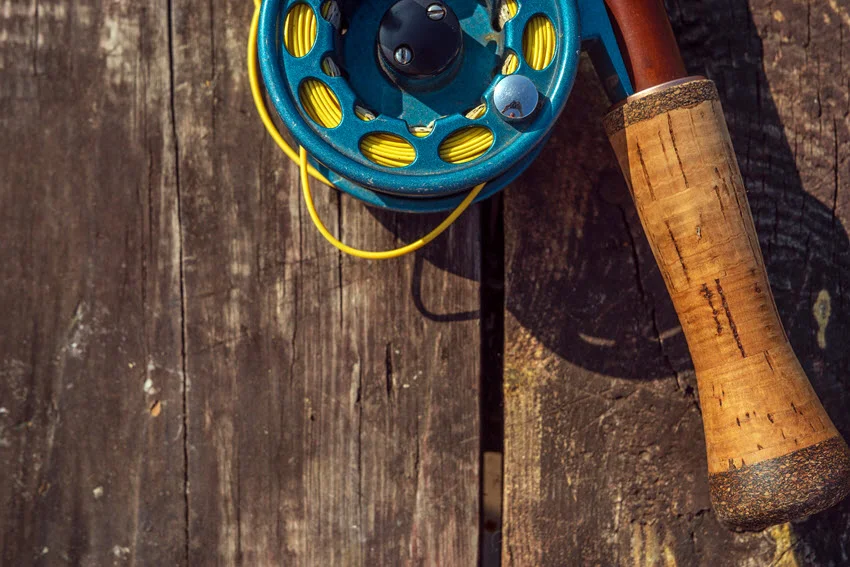
Using cork pooping is a technique that relies on cork that "pops" when the rod is twitched, mimicking the sound of prey. Anglers can use live bait or artificial shrimp under the plug and should adjust leader length based on depth.
Whatever your fishing aspirations are, to cast near objects, float with the current, fish in sight in clear waters, and fish on the bottom close to the shore, we are sure that you can find the answer to your fishing aspirations and longings within inshore fishing. By consistently honing your skills and experimenting with different methods, you can enjoy the varied inshore fishing experiences.
Whatever level you are at in your inshore fishing adventure, what you can always do is get involved with us! The comment section is for you, so feel free to write about your favorite inshore fishing techniques. Do you have any tips or tricks that have worked for you? Share your experiences and join the conversation about building a community where we can learn from each other! Happy fishing!

The expert copywriters at Anglers Booking have meticulously crafted this article. Our dedicated team of writers provides valuable insights and information to enhance your angling experience.
Embark on unforgettable fishing adventures with us at Anglers Booking.
book your charterOctober 17, 2025
October 15, 2025
October 10, 2025
October 11, 2025
October 4, 2025
September 29, 2025
September 25, 2025
September 21, 2025

You're now part of our exclusive community. Get ready for premium content and updates straight to your inbox.
close
Subscribe to our newsletter and receive a selection of cool articles every week.
Please enter a valid email address.

Be the first to know when we're back in action.
Please enter a valid email address.
Leave a Comment
Your email address will not be published. Required fields are marked *
Thank you for your comment! It has been submitted for review and will appear on the site shortly.